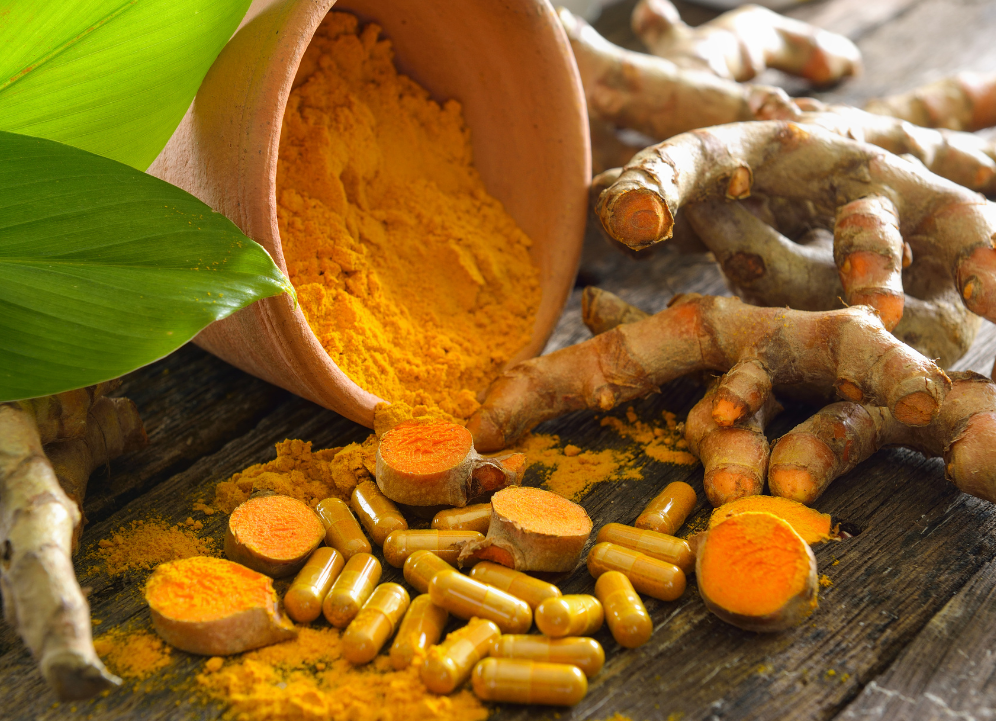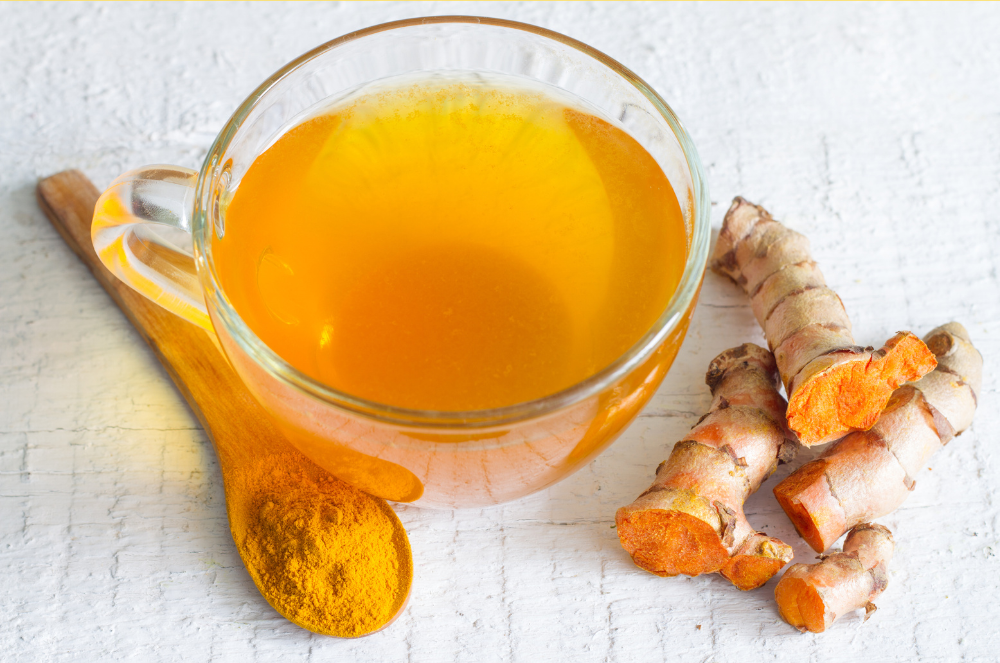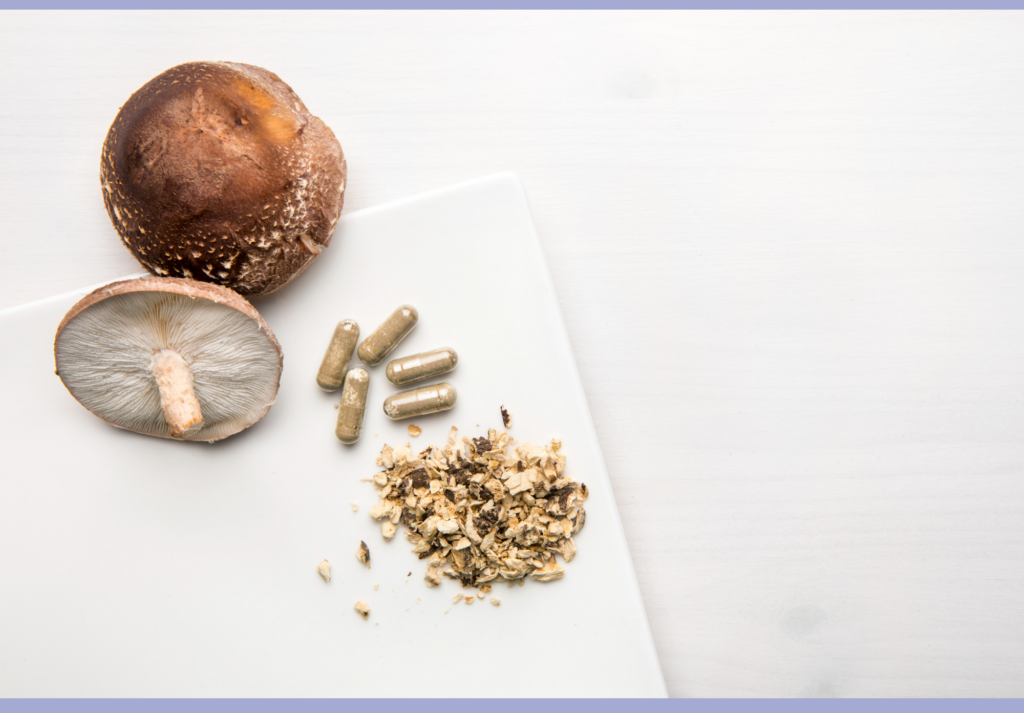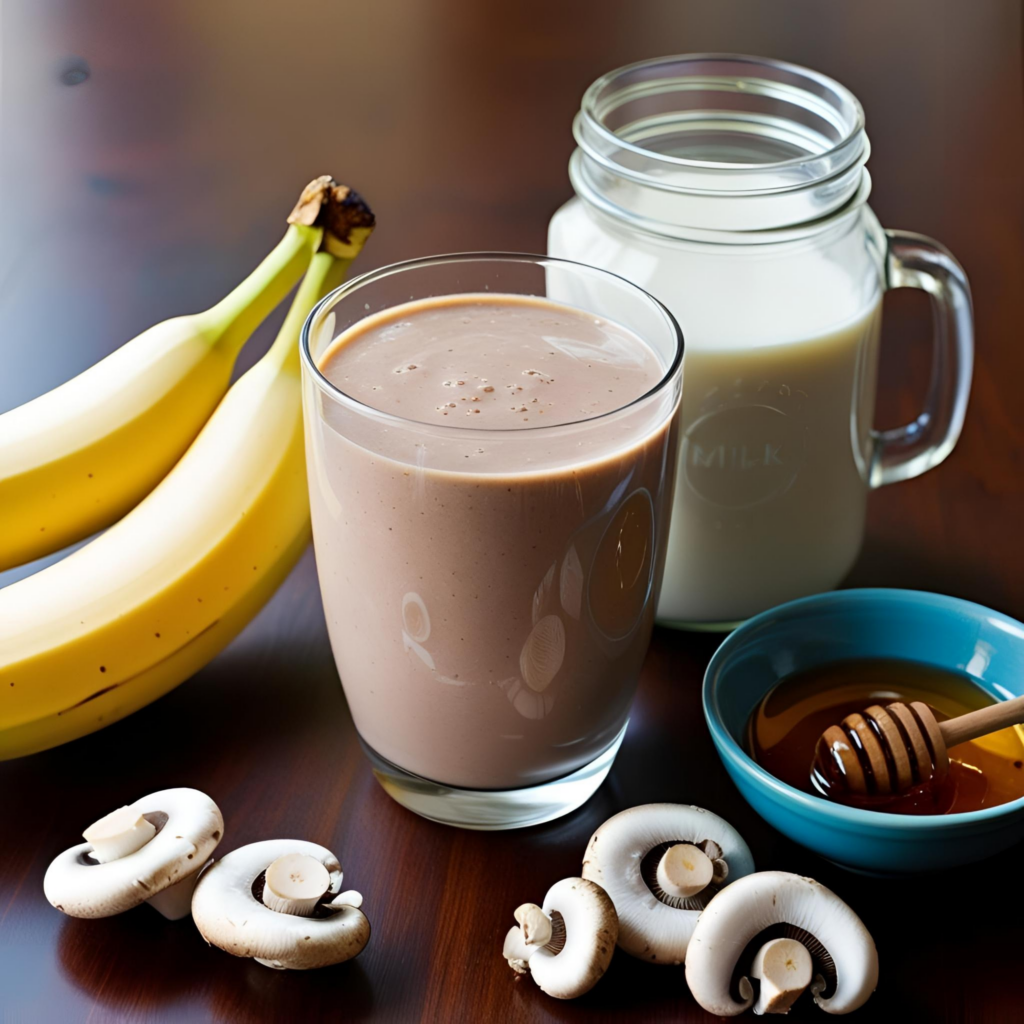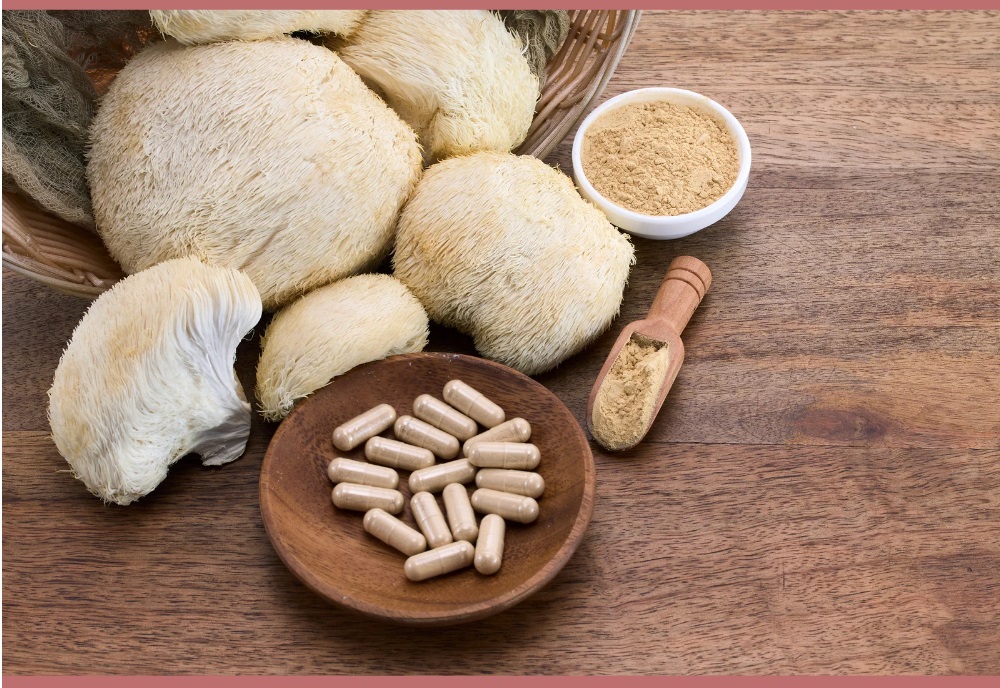From Goji Berries to Salmon – What’s Worth the Buzz (and What’s Not)
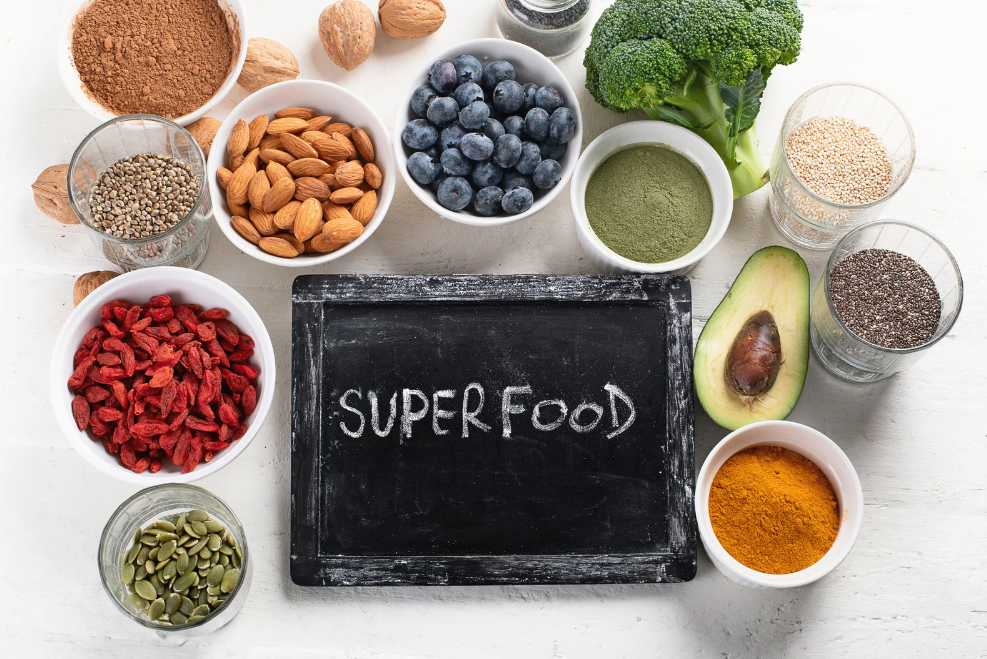
The term superfoods has taken the health and wellness world by storm, but what does it actually mean? While there’s no strict scientific definition for superfoods, they are widely recognized as nutrient-dense foods packed with vitamins, minerals, antioxidants, and other compounds beneficial to overall health. Superfoods aren’t magic cures, but they can play a significant role in improving your well-being when incorporated into a balanced diet.
In this post, we’ll explore what makes a food “super”, some popular superfoods backed by science, and easy ways to add them to your daily meals.
What Science Says About Superfoods
While there’s no official FDA definition, researchers categorize superfoods as whole foods with exceptional nutrient density per calorie, often rich in:
Antioxidants (e.g., anthocyanins, curcumin) – combat oxidative stress and reduce inflammation.
Essential Vitamins and Minerals: Vital for maintaining health and preventing deficiencies.
Essential fatty acids (e.g., omega-3s) – critical for brain and heart health.
Phytochemicals (e.g., sulforaphane) – modulate disease pathways.
A 2023 Nature Food study ranked foods by nutrient density. Spoiler: Kale and salmon made the cut; acai bowls? Not so much.
| Food | Key Nutrients | Evidence- Based Benefit | Daily Hack |
| Wild Salmon | Omega-3s (EPA/DHA), Vitamin D | Reduces CVD risk by 17% (JAMA, 2022) | Grill with turmeric & black pepper |
| Blueberries | Anthocyanins, Vitamin C | Improves memory in older adults (Nutrients, 2021) | Add to oatmeal or Greek yogurt |
| Kale | Vitamin K, Lutein | Lowers LDL oxidation (AJCN, 2020) | Massage with lemon for salads |
| Chia Seeds | Omega-3s, Soluble Fiber | Stabilizes blood sugar (Diabetes Care, 2019) | Mix into overnight chia pudding |
| Turmeric | Curcumin, Piperine | Reduces arthritis pain (J Medicinal Food, 2021) | Golden milk latte with coconut oil |
| Moringa | Vitamin A, C, Calcium, Chlorogenic Acid | Reduces oxidative stress by 40% (Antioxidants, 2021) | Stir powder into smoothies or tea |
| Avocado | Monounsaturated fats, Fiber, Potassium | Lowers LDL cholesterol (JAHA, 2020) | Spread on toast instead of butter |
| Quinoa | Complete protein, Fiber, Magnesium | Supports muscle repair & blood sugar control (Nutrients, 2022) | Use as a base for grain bowls |
Top Science-Backed Superfoods (and Their Proven Perks)
Myth vs. Reality: Superfood Edition
– ❌ “Superfoods Can Offset a Poor Diet”:
No amount of spirulina fixes daily fast food. Synergy matters – pair them with whole grains, lean proteins, and veggies.
– ✅ “Local > Exotic”:
Brazil’s açaí and India’s moringa are great, but don’t overlook regional stars like spinach (iron) or walnuts (omega-3s).
– ❌ “Superfoods Must Be Expensive”:
Canned sardines pack the same omega-3s as salmon at 1/3 the cost. Frozen berries rival fresh in nutrients.
How to Hack Your Diet (Without Breaking the Bank)
1. The $5/Day Superfood Smoothie
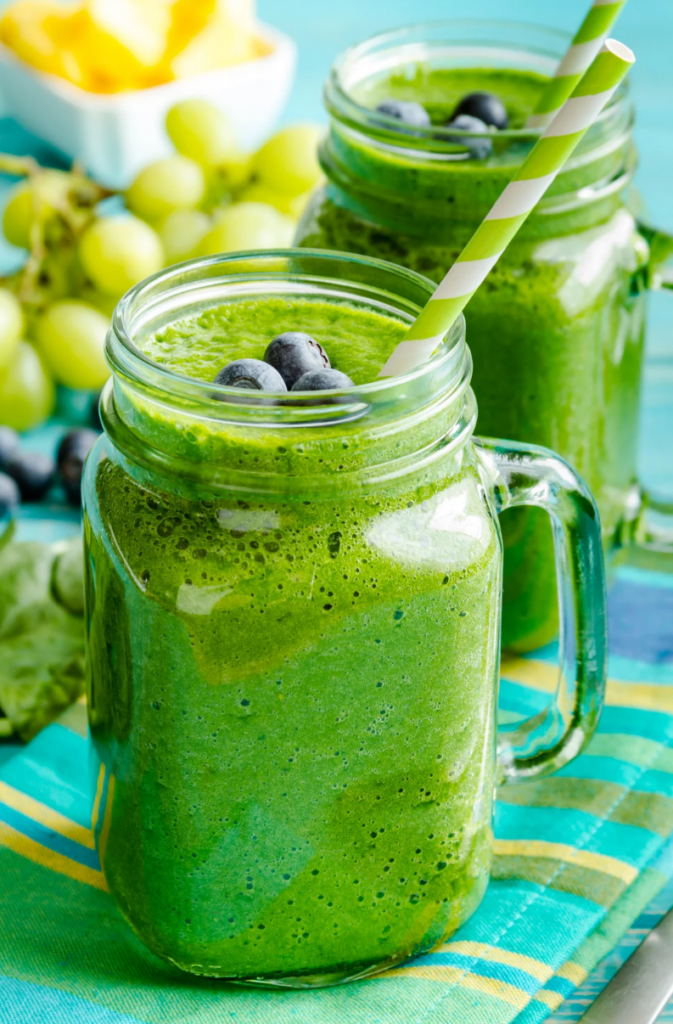
Ingredients:
– 1/2 frozen banana (potassium + creaminess)
– 1 cup spinach (lutein for eye health)
– 1 tbsp peanut butter (healthy fats)
– 1 tsp chia seeds (omega-3s)
– 1/2 cup frozen blueberries (anthocyanins)
– Water or almond milk
Blend & Benefits: 23g fiber, 12g protein, 200% vitamin K. Cost: ~$1.50/serving.
2. Meal-Prep Magic: Superfood Bowls
– Base: Quinoa (complete protein)
– Toppings: Canned salmon (omega-3s), roasted kale (vitamin K), avocado (healthy fats).
– Dressing: Olive oil + turmeric (anti-inflammatory).
3. Snack Smart
– DIY trail mix: Walnuts + dark chocolate + dried tart cherries.
4. Experiment With Turmeric in Cooking
Use turmeric in soups, stews, or even golden milk lattes for an anti-inflammatory boost.
5. Use Superfood Powders
Spirulina, moringa, or matcha powders can be added to smoothies, yogurt, or baked goods.
6. Incorporate Fatty Fish
Plan meals with salmon or sardines twice a week for a boost of omega-3 fatty acids.
Your Superfood Toolkit
1. Prioritize Protein Pairings: Mix chia seeds with Greek yogurt to enhance amino acid absorption.
2. Fat = Friend: Cook turmeric with olive oil to boost curcumin bioavailability by 2000%.
3. Ferment It: Sauerkraut (fermented cabbage) adds probiotics to superfood status.
A Balanced Approach to Superfoods
While superfoods offer impressive health benefits, it’s important to remember they are not a magic solution. The key to reaping their benefits lies in combining them with a variety of other healthy, whole foods. Diversity in your diet ensures you get a wide range of nutrients that work synergistically for optimal health.
And there are plenty of options to choose from. Incorporate them gradually into your meals and enjoy experimenting with creative ways to make your diet both nutritious and delicious.
Your Turn!
– What’s your go-to superfood hack? Share your ideas and recipes in the comments below!
– Myth you want debunked? Ask – Is maca truly a hormone balancer? Let’s investigate!
Stay curious (and skeptical),
M. A. Cidade

